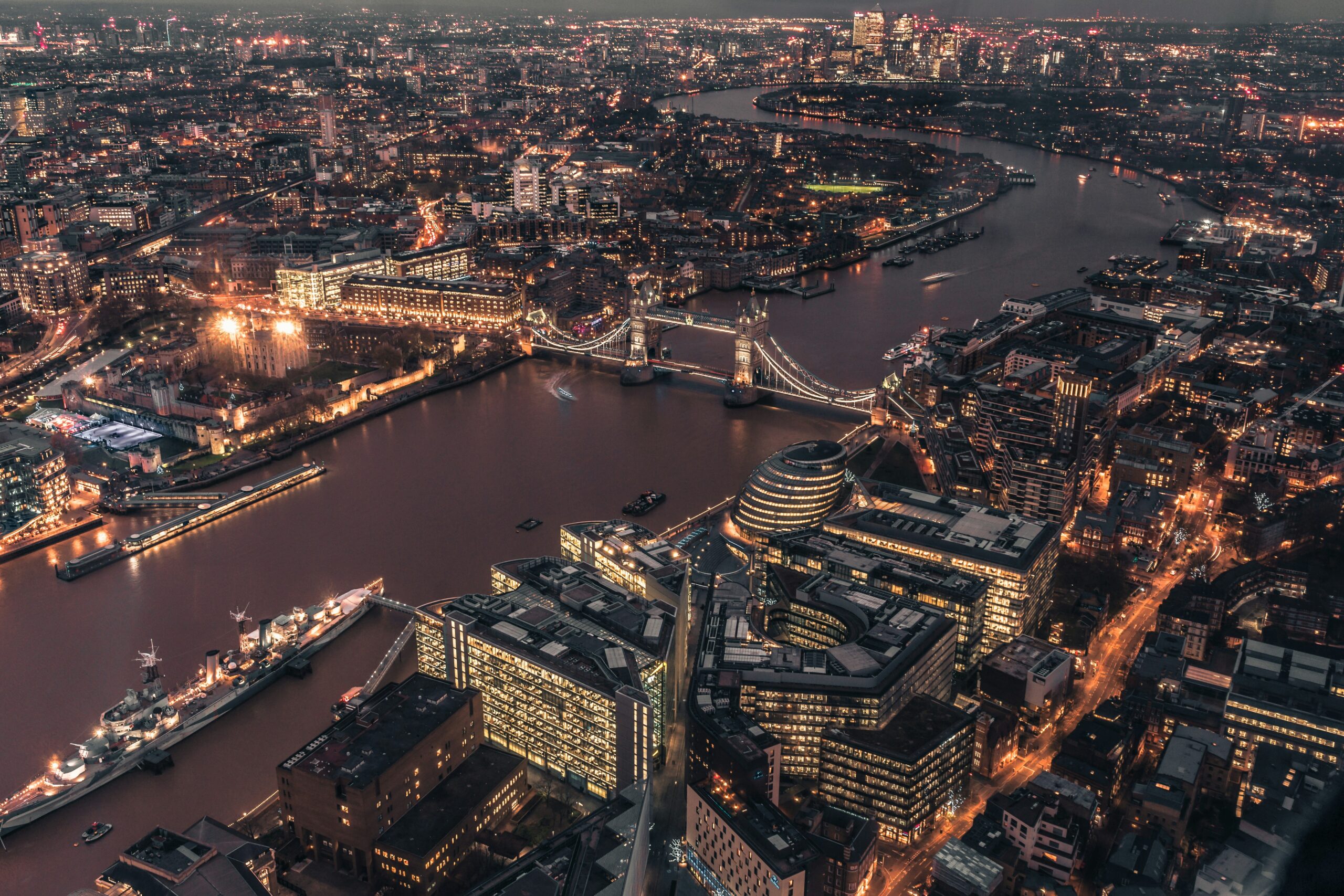
London is a city made up of unique boroughs and neighbourhoods each with their own unique characteristics and atmosphere and in many cases, they can be structurally different from one another too. Properties built in some parts of London are more prone to structural issues than others, and this includes subsidence. If you own or are looking to own a property in London, we’ve put together this handy infographic to help you spot the signs.
What is Subsidence?
Subsidence occurs when the ground beneath a property shifts, sinks, or caves in, which in turn causes strain or movement in the building’s foundations. As a result, subsidence can cause significant structural damage to homes and properties. It is a common concern for London property owners due to the area’s geological makeup.
High-Risk Areas for Subsidence in London
London is particularly prone to subsidence because of the widespread presence of clay soil, which is highly susceptible to movement. The most at-risk areas in London include:
- South-East London (and parts of Essex)
- NW Postcodes
- N Postcodes
- W Postcodes
These areas are especially vulnerable due to properties being built on clay, which expands and contracts with moisture changes, leading to ground instability.
Causes of Subsidence
The rapid growth and expansion of London, with varying soil types across different boroughs, makes the city highly prone to subsidence. Key causes include:
- Clay Soil Expansion: Clay soils shrink in dry conditions and swell with moisture, leading to instability.
- Tree Roots: Trees close to properties can absorb significant amounts of water, drying out the soil and contributing to subsidence.
- Leaking Drains: Leaking pipes can erode the soil under a property, weakening the foundation.
- Underground Water: Excess water flowing beneath properties can wash away soil, causing the ground to shift.
- Poor Foundation Construction: Properties with weak foundations are more susceptible to the effects of soil movement.
How to Detect Subsidence
Detecting subsidence early can prevent significant damage. Homeowners should be vigilant for the following signs:
- Cracks in walls, especially those wider than 3mm
- Doors and windows that stick or are difficult to open/close
- Uneven floors or surfaces
- Gaps between walls and windows/doors
- Cracks in external brickwork
These indicators are common in areas prone to ground movement and should prompt immediate action if spotted.
How to Prevent Subsidence
Preventing subsidence can be challenging, but addressing potential risks is crucial. Here are some steps you can take to reduce the risk:
- Remove large trees near the property: Large tree roots absorb moisture, destabilising the ground.
- Regularly inspect for leaks: Ensure no water pipes are leaking and that drains are in good condition.
- Proper water drainage: Ensure that the property has proper drainage systems to prevent water from pooling near the foundation.
- Get a buildings survey: A survey will detect any early signs of subsidence risk, allowing for preventive measures.
What Should You Do if You Spot Subsidence?
If you suspect subsidence or notice any signs of structural issues, it’s crucial to act quickly. Contact our experts to assess the situation and provide guidance. Able Surveyors offers comprehensive RICS-chartered services to monitor and assess subsidence risks. We can provide a RICS Survey for any property in London, which we use to evaluate the structural stability of your property and suggest necessary precautions.
For more information or to book a survey, contact Able Surveyors Ltd today. We can help monitor potential subsidence issues and offer expert advice tailored to London properties.
